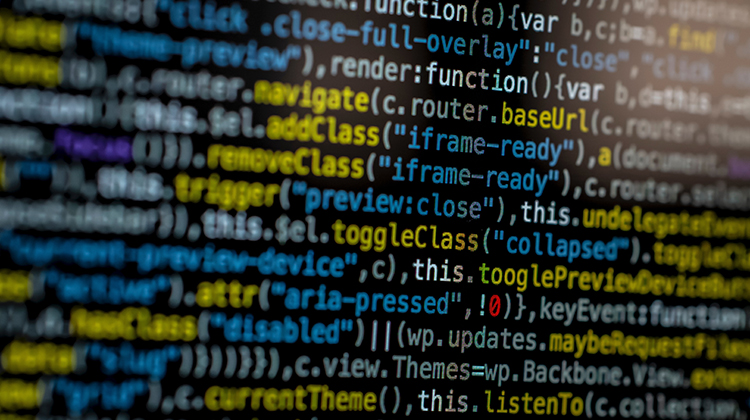Reining in Big Data

Data, we gather loads, and while, if used well, it provides a granular image of what is happening around students and their progress, the danger is that it usurps teachers’ educational values and professional knowledge.
Professor Sam Sellar of Uni SA warns that currently, the way big data and big tech are reshaping the world of education means we are walking blindly into serious challenges.
“At present, the way we use data erodes the social trust we place in teachers as professionals,” Prof Sellar says. “Teachers often feel conflicted, because their educational values and professional knowledge would see them teaching in different ways but, if the results are not easily translated into data, their views may be discounted.”
Datafication has already reshaped teacher’s work, with the need to produce reams of data constraining teacher’s decision-making. "The focus on recording data pushes teachers towards what is easiest to measure, not necessarily what is best,” says Prof Sellar. “For example, even teachers in early years and primary settings are now under significant pressure to record and respond to data regarding children’s development.”
Prof Sellar says that this not only reduces teachers' roles, but can lead to a vision of students that leaves out their individuality and personhood. “Each child ends up with a ‘data double’ that often substitutes, in decision-making and assessment, for the child themselves”.
Prof Sellar is concerned that the apparent ability to make predictions based on big data can actually lead to self-fulfilling prophecies. “It is always useful to be critical about the accuracy of data and the biases it can conceal,” he says. "Another concern is that making strong predictions can actually determine outcomes that might otherwise be open. For instance, a student might be predicted to have poorer outcomes, so they are assigned less challenging subject matter - they end up acting out a prescribed role. The data did not just predict the outcome, it created one.”
Other risks that Prof Sellar raises include deepening digital divides, not only due to the problem of access to expensive digital devices, but through the fact that algorithms used to evaluate students can perpetuate stereotypes. “Algorithms are often trained on biased data sets, which make for biased decisions about students’ current and future performance. This is an opportunity to be mindful that biases are common both to human beings and to artificial intelligence.”"
"Students must be given the freedom to be more than their data profiles,” says Prof Sellar.
Automation may further disempower teachers, hemming in their professional judgement, autonomy and creativity. “The question being raised is whether it is or desirable, or even possible, for the role of the teacher to be replaced by artificial intelligence.”
“The growth of education technologies is disconnected from teachers’ professional judgment. Educators do not generally get to inform how these systems and platforms are designed or implemented. Instead, it is teachers who are often represented as old-fashioned, deficient, and in need of replacement by new, commercially profitable, hi-tech solutions," Prof Sellar says.
Prof Sellar says, “one common idea is that we can personalise learning to resemble Netflix, Facebook or Amazon - automating content based on an algorithm’s reading of previous activity. This prescriptive ‘personalisation’ can really silo each student into their own, narrowed curriculum, where there is very little shared or collaborative learning.”
Prof Sellar clearly states that, “Of course digital platforms are not, by themselves, the problem! They can and do provide benefits. The issue is how technology gets dropped into classrooms as ‘black boxes’ that influence, or even substitute for, aspects of professional judgement and decision-making – without that judgement, in turn, shaping the technology.”
“Unfortunately,” says Prof Sellar, “this way of introducing new data-driven technologies opens up public education to new private actors, involving them in the design, management and delivery of different aspects of public education. Instead, educators should have more involvement and knowledge around how new technologies shape the future of education.”
Simply opposing or criticising data-driven technology offers few ways forwards. “What is needed is creative ways to push developments in beneficial directions for educators, students, and societies. Researchers and teachers must explore and promote alternative ways to use data and AI; ways that enhance the work of human educators. This is how we can challenge the tendency to automate teaching just because we can, or because it might be convenient to.”
“The opportunities and the risks presented by new, data-rich, digitalised education models are considerable," Prof Sellars says. "Many of the biggest risks can be avoided by finding ways, no matter how difficult it may seem at first, to bring teachers’ judgement and experience into the design and development of technologies.
"We can - we have to - put teachers in the driving seat when it comes to education technology.”